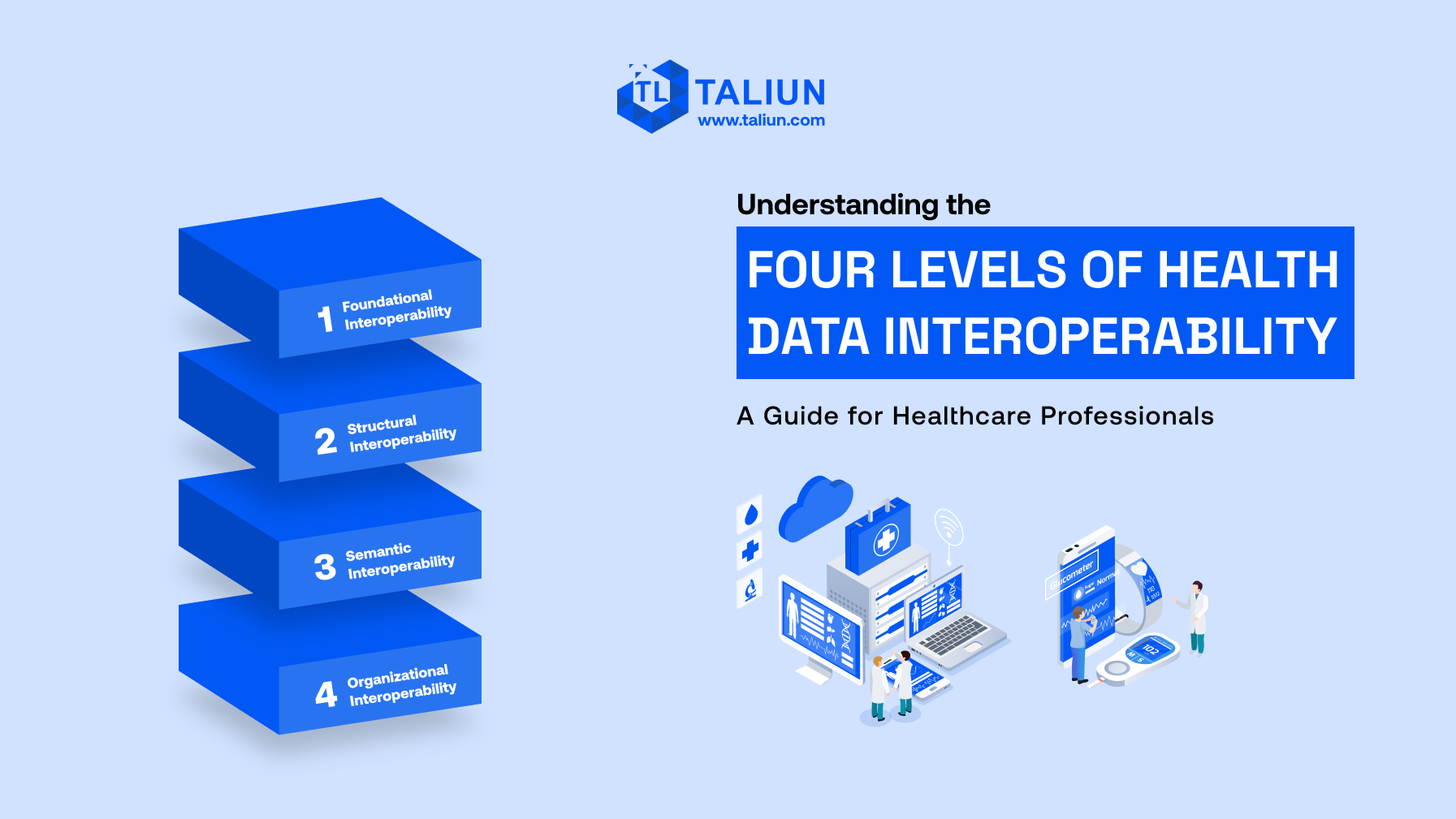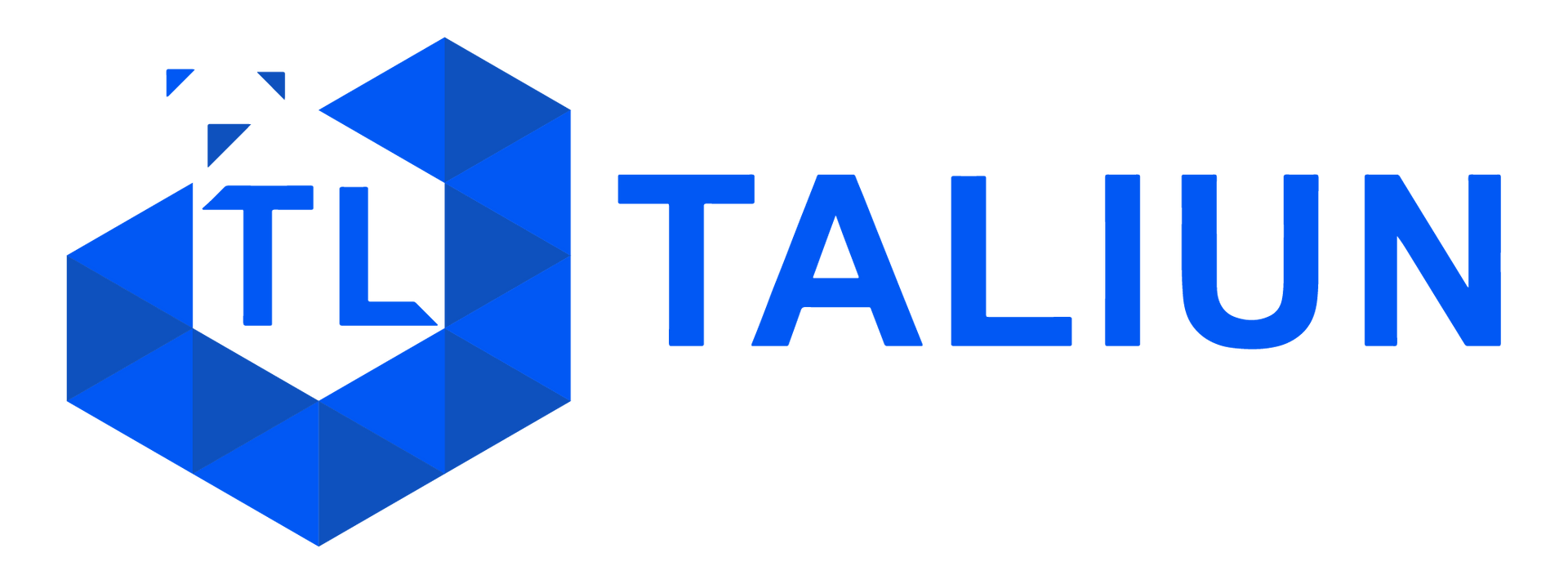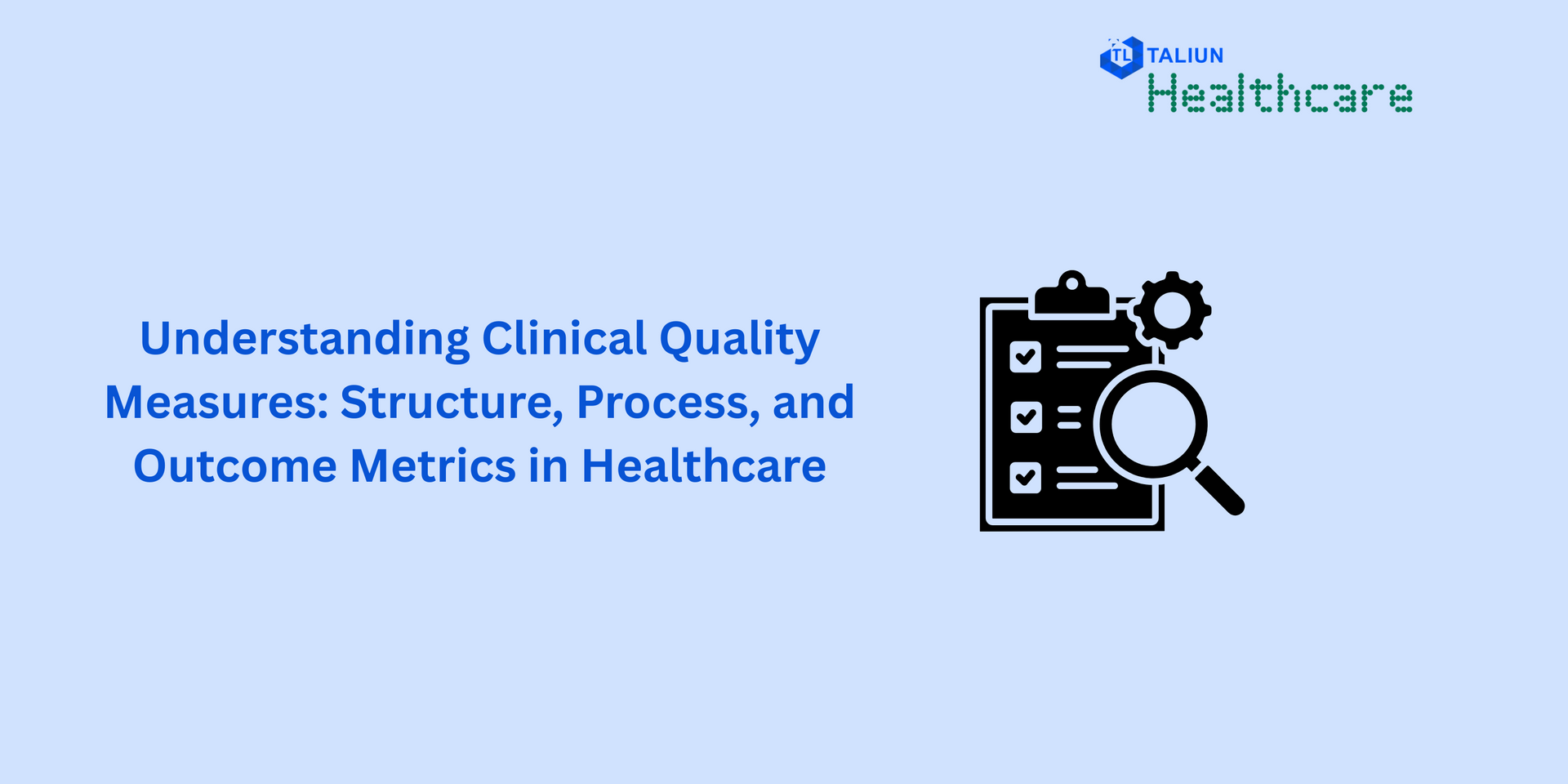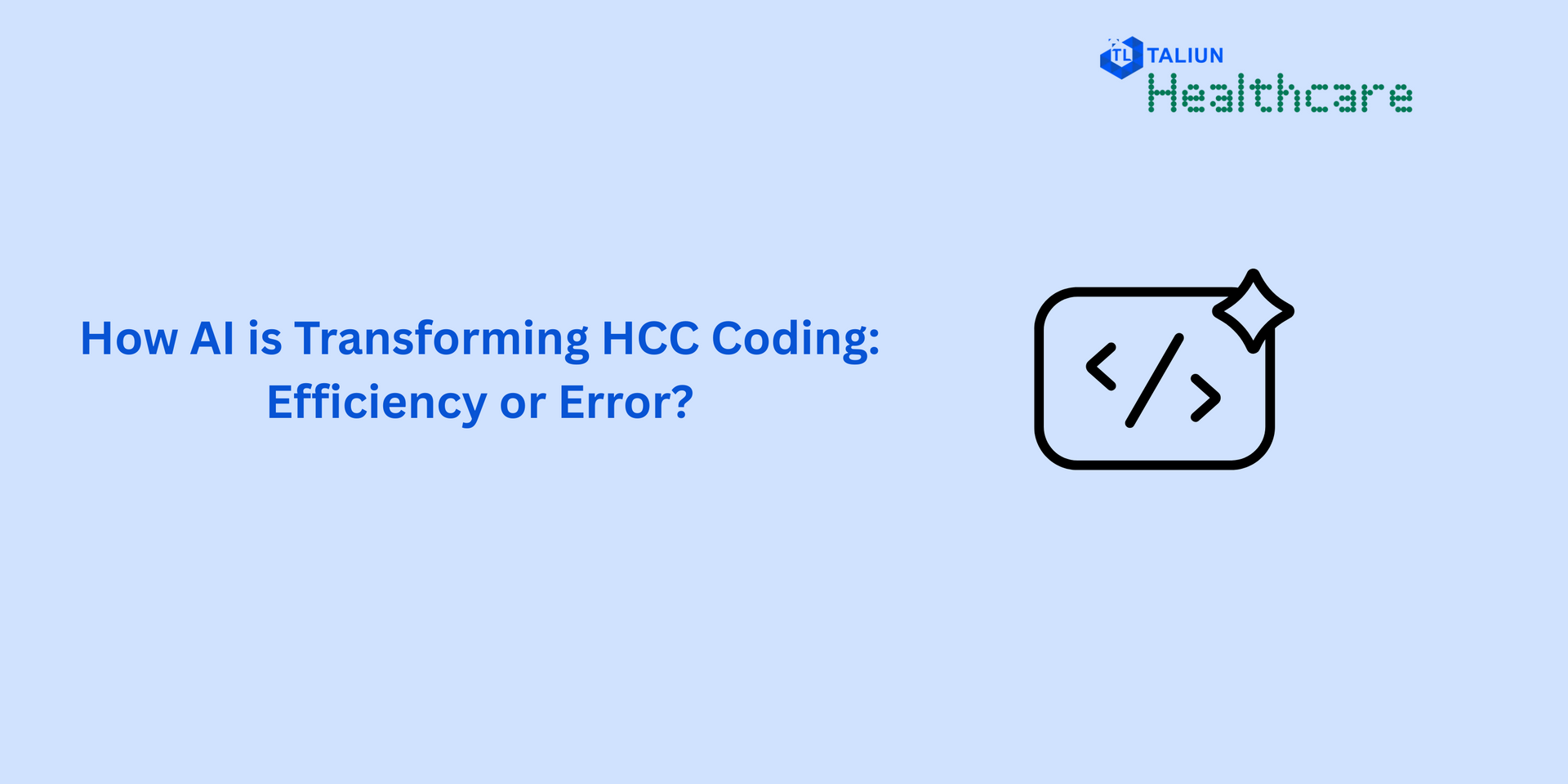Understanding the Four Levels of Health Data Interoperability: A Guide for Healthcare Professionals

In the realm of modern healthcare, the seamless exchange of patient data across different systems and platforms is crucial for delivering efficient and effective care. This exchange is made possible through interoperability - the ability of different information technology systems and software applications to communicate, exchange data, and use the information that has been exchanged. However, achieving true
is a complex endeavor, often characterized by various levels of compatibility and integration. In this blog post, we will explore the four levels of health data interoperability, shedding light on their significance and implications for healthcare professionals.
Foundational Interoperability
Foundational interoperability represents the most basic level of data exchange between systems. At this level, healthcare IT systems can exchange data, but the receiving system cannot interpret the data or integrate it into its own workflow without manual intervention. This means that while data can be transmitted between systems, it may not be readily usable or actionable.
For example, suppose a patient's electronic health record (EHR) system can generate a standard discharge summary in a structured format. In this case, foundational interoperability would allow this summary to be transmitted to another healthcare provider's system. However, if the receiving system cannot automatically import and incorporate this data into the patient's record, clinicians would need to manually enter the information, leading to inefficiencies and potential errors.
Structural Interoperability
Structural interoperability builds upon foundational interoperability by standardizing the format and organization of exchanged data. At this level, data is not only exchanged but also structured in a consistent manner that allows for automated processing and interpretation by the receiving system. Common data standards, such as HL7 (Health Level Seven) and FHIR (Fast Healthcare Interoperability Resources), facilitate structural interoperability by defining the syntax and semantics of healthcare data exchange.
Continuing with the previous example, if the discharge summary is structured according to a predefined data model, such as the HL7 Clinical Document Architecture (CDA), the receiving system can automatically parse and integrate the information into the patient's record. This reduces the need for manual intervention and improves the efficiency and accuracy of data exchange.
Semantic Interoperability
Semantic interoperability represents the highest level of interoperability, where exchanged data not only has a standardized structure but also a shared meaning and context. In other words, the receiving system can understand the data in the same way as the sending system, enabling seamless communication and interpretation of clinical information.
Achieving semantic interoperability requires more than just standardizing data formats; it involves establishing common vocabularies, codesets, and ontologies to ensure that clinical terms and concepts are interpreted consistently across different systems. For example, a diagnosis code used in one EHR system should have the same meaning when interpreted by another system, regardless of vendor or implementation.
Organizational Interoperability
Organizational interoperability transcends technical standards and focuses on the alignment of policies, processes, and workflows across healthcare organizations. At this level, interoperability extends beyond individual systems to encompass entire healthcare networks, enabling seamless collaboration and coordination of care among multiple stakeholders.
Organizational interoperability requires a commitment to data governance, privacy, and security practices that facilitate the secure exchange of sensitive health information while ensuring compliance with regulatory requirements such as HIPAA (Health Insurance Portability and Accountability Act). It also involves establishing clear roles and responsibilities for data stewardship and management, as well as fostering a culture of collaboration and trust among healthcare providers.
Conclusion
In conclusion, the four levels of health data interoperability—foundational, structural, semantic, and organizational—represent a continuum of capabilities and maturity in the exchange and use of patient information. While achieving full semantic and organizational interoperability remains a challenging goal for many healthcare organizations, progress is being made through concerted efforts to adopt common standards, technologies, and best practices.
For healthcare professionals, understanding these levels of interoperability is essential for navigating the increasingly interconnected landscape of modern healthcare delivery. By embracing interoperability initiatives and leveraging interoperable systems and tools, clinicians can enhance care coordination, improve clinical decision-making, and ultimately, deliver better outcomes for patients. As the healthcare industry continues to evolve, interoperability will remain a cornerstone of innovation and transformation, driving improvements in quality, efficiency, and patient experience.




